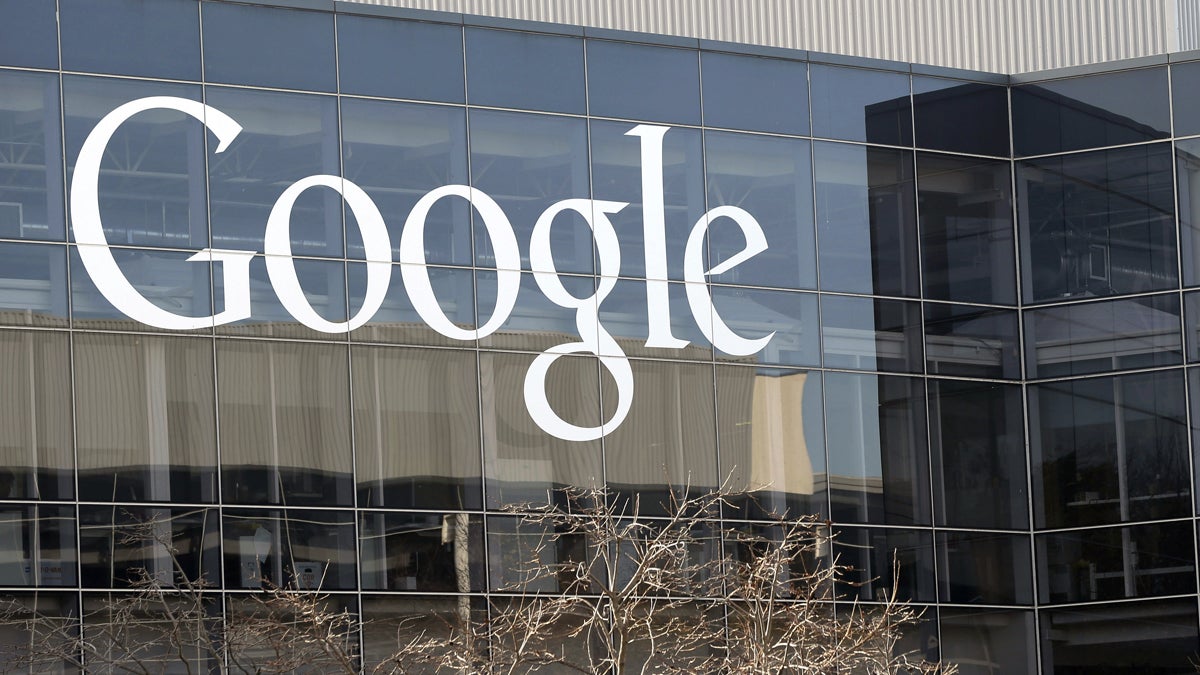New Google company, Alphabet, opens doors to more healthcare ventures
Listen
(AP Photo/Marcio Jose Sanchez
Google founders Larry Page and Sergey Brin recently wrote “We did a lot of crazy things that seemed crazy at the time. Many of those crazy things now have over a billion users,” in a blog post explaining the formation of parent company Alphabet.
So the big question is: what crazy things will they do next?
Although Google has already established companies like Calico, which focuses on longevity, Alphabet will create the space and flexibility to expand non-Google interests like health, moving forward.
Farzad Mostashari is a physician and the former National Coordinator for Health Information Technology at the U.S. Department of Health and Human Services. He now heads Aledade, a company that partners with primary care physicians to help them create Accountable Care Organizations.
He says that, health-wise, there’s already a lot of interaction between all of the devices we use but he’s surprised internet companies haven’t invested more in the healthcare industry.
“It’s almost one out of every five dollars spent in the economy on anything and at some point you’re going to come face to face with healthcare and you’re going to see how broken the current system is,” Mostashari says. “And folks who work with Google and I think Silicon Valley more broadly-–there’s a sense of ‘we can fix it’ you know? Techno-futurism and techno-perfectionism, that technology can cure the world’s ills and so it’s almost a surprise that we haven’t seen it more.”
Mostashari has seen two barriers to healthcare innovation–the transition to digital and the amount of regulation making it harder to try new systems.
“If you have data and analytics and technology and cloud based technology that’s great; that lets you do things you couldn’t do before but you still need to get out to the doctor’s office and change the workflows, change how they integrate this technology into their practices,” explained Mostashari.
Using data, analytics and technology, Mostashari says, can bring the physician-patient relationship closer.
“Knowing your patients, knowing when your patients go into the hospital, when they leave the hospital, when they visited the emergency room, when they picked up or didn’t pick up their medication,” he says, would create a more productive, engaging relationship.
But, Mostashari adds, it’s important for technology to work in conjunction with the personal relationship, not instead of it.
WHYY is your source for fact-based, in-depth journalism and information. As a nonprofit organization, we rely on financial support from readers like you. Please give today.



